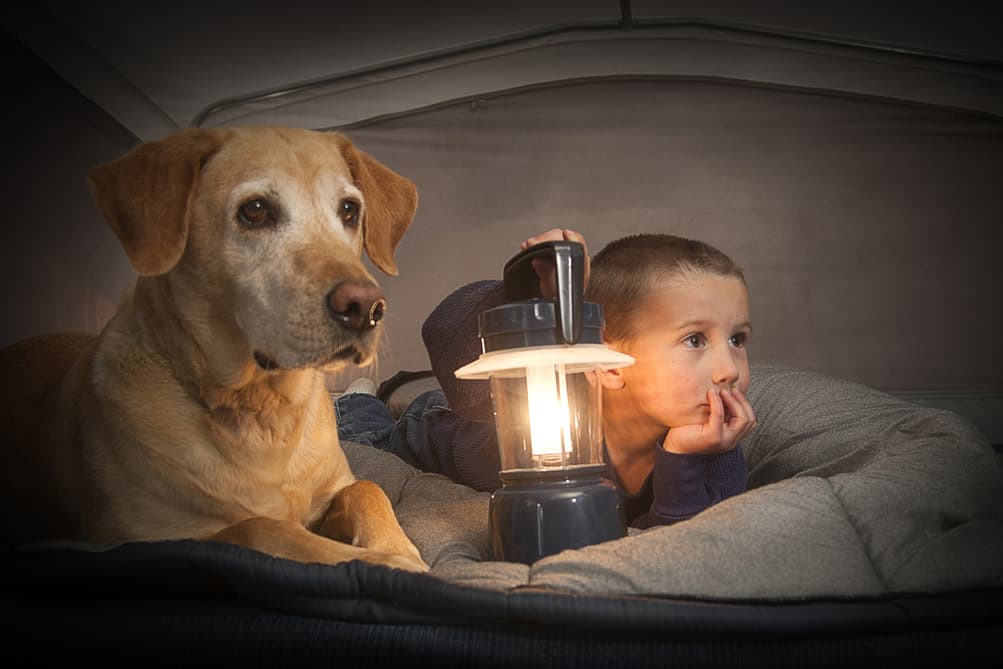Taking your four-legged friend camping can create beautiful memories, but it comes with significant responsibilities. Understanding and following proper camping etiquette ensures everyone—both humans and canines—has an enjoyable outdoor experience.
Fundamental Campground Rules
The cornerstone of dog camping etiquette is always keeping your pet leashed. Most campgrounds require a 6-foot or shorter leash, and retractable leashes are often prohibited due to control issues. This rule applies even if your dog is well-behaved, as it helps maintain order and prevents unexpected situations with wildlife or other campers.
When selecting a campsite, consider locations that offer natural barriers or adequate space from other campers. This consideration becomes especially important when tent camping with dogs, as close quarters can increase anxiety and territorial behaviors.
Managing Your Campsite
Proper campsite management starts with creating a designated space for your dog that allows visibility of common areas while maintaining appropriate boundaries. Use a secure tethering system that prevents tangling while giving your dog enough room to move comfortably. Remember that keeping your dog cool while camping is essential for their comfort and safety.
Noise Management:
Control barking through positive reinforcement and plenty of exercise. If your dog tends to be vocal, bring familiar toys and treats to help maintain calm behavior, especially during quiet hours, which typically run from 10 PM to 6 AM.
Social Interactions and Safety
When exploring dog-friendly hiking trails, maintain awareness of other hikers and their pets. Always ask permission before allowing your dog to approach others, and respect those who prefer to keep their distance. This courtesy extends to national park campsites where additional regulations may apply.
Environmental Responsibility
When camping with dogs, rigorously practice leave-no-trace principles. Always carry waste bags and properly dispose of pet waste in designated receptacles. This responsibility extends beyond your campsite to trails and common areas. Keep your dog on established paths to prevent damage to sensitive vegetation and wildlife habitats.
Emergency Preparedness
Being prepared for emergencies is crucial when camping with pets. Familiarize yourself with canine first aid for camping trips and keep a well-stocked pet first aid kit readily available. Ensure your dog wears current identification tags and consider microchipping as an additional safety measure.
Responsible pet camping helps ensure these spaces remain open and welcoming to four-legged visitors. By following these guidelines, you contribute to a positive camping experience for everyone while creating lasting memories with your canine companion.

Leave a Reply